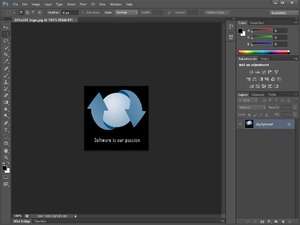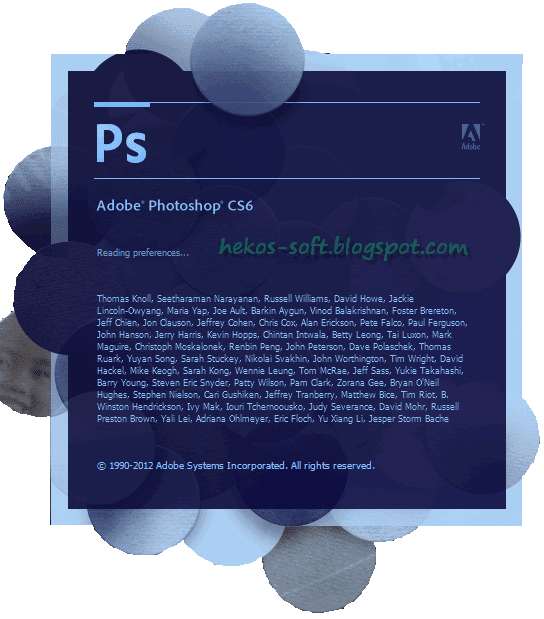

4 Equal smile design results can be obtained even with commonly available software programs like Adobe Photoshop ® CS6. 3ĭifferent smile design software programs are available to dentists for purchase that provide clinicians with digital rulers and various teeth templates that can be used to plan a smile virtually.
#Templates for photoshop cs6 how to#
2 By understanding the elements of esthetics and learning how to incorporate virtual analysis into reality, clinicians may be able to plan a smile, analyze the soft-tissue and hard-tissue parameters, and communicate the expected outcome of the treatment with the patient and the ceramists.

However, due to economic constraints and feasibility, many clinicians still employ conventional designing and analog mock-ups to assess and establish esthetic makeovers. Currently, such technology, which involves 3-dimensional (3D) imaging, smile designing, and milling of the final prosthesis, 1 is used in practice in most well-developed countries. Clinically speaking, various smile design templates created using set proportions in Adobe Photoshop CS6 can be used in virtual smile designing, a valuable resource in diagnosis, treatment planning, and communicating with patients and ceramists, thus providing a platform for a successful esthetic rehabilitation.ĭigital dentistry has evolved to an extent that it acts as a main tool for communication among dentists, patients, and ceramists. This article explains a technique for creating different forms of teeth templates using Adobe Photoshop ® CS6 that eventually can be used for smile design purposes, either in Photoshop or Microsoft Powerpoint.

No literature has provided details as to how to create these templates. To simplify virtual smile designing, the teeth templates should be readily available. Virtual smile design can be carried out using various software programs, most of which use assorted forms of teeth templates that are made based on the concept of "golden proportion." Despite current advances in 3-dimensional imaging and smile designing, many clinicians still employ conventional design methods and analog (ie, man-made) mock-ups in assessing and establishing esthetic makeovers. Computer design software has become a primary tool for communication among the dentist, patient, and ceramist.


 0 kommentar(er)
0 kommentar(er)
